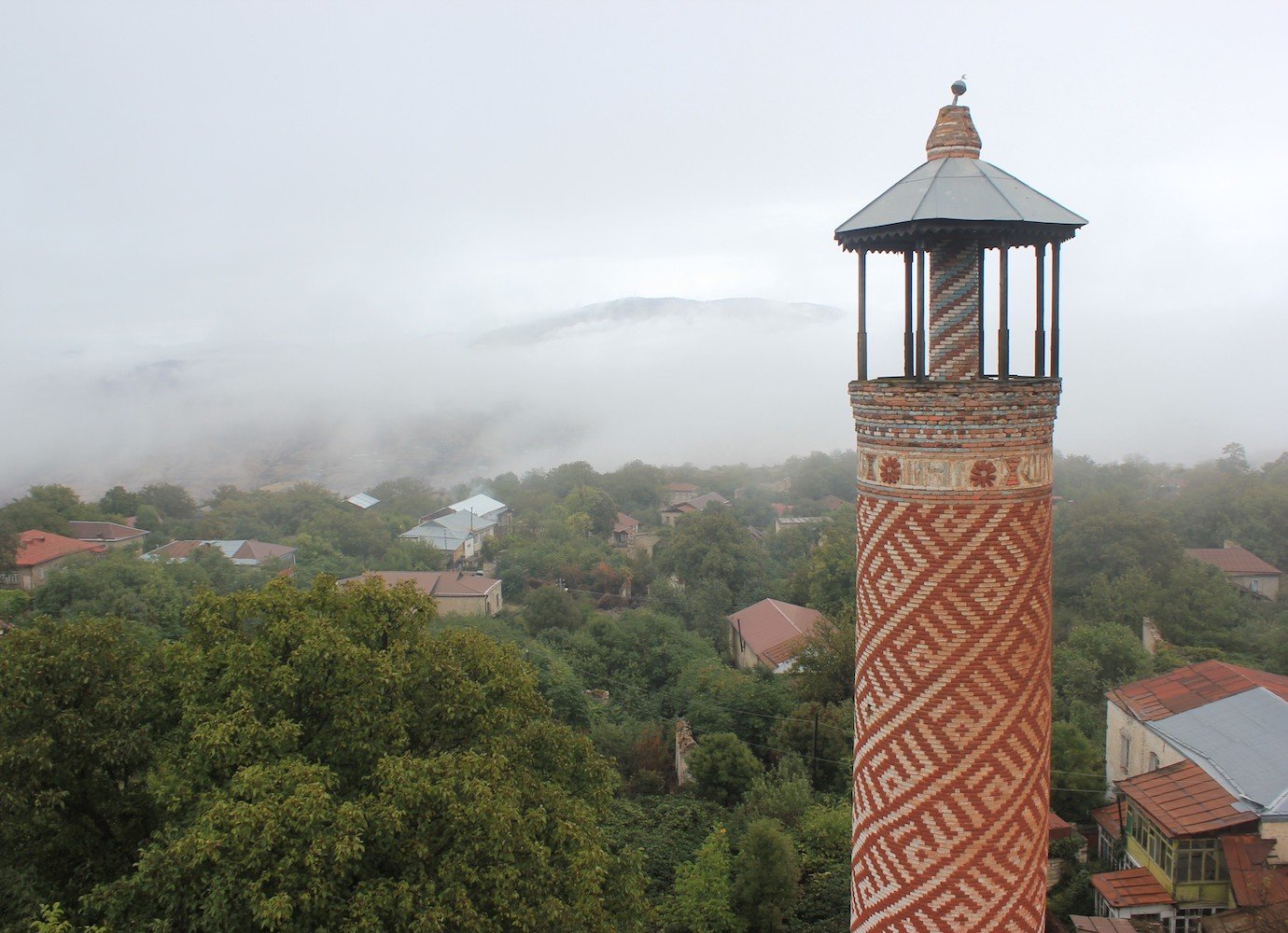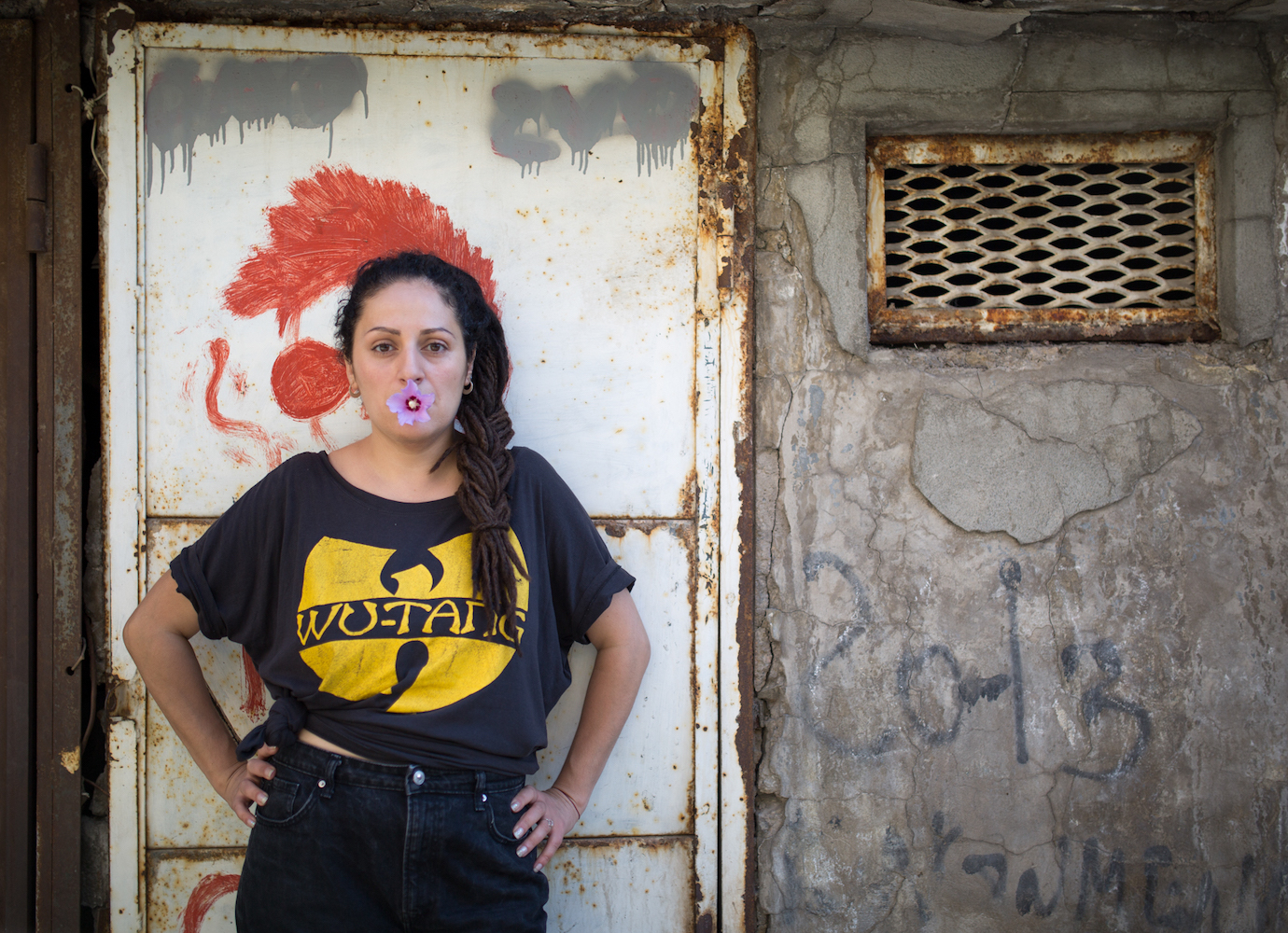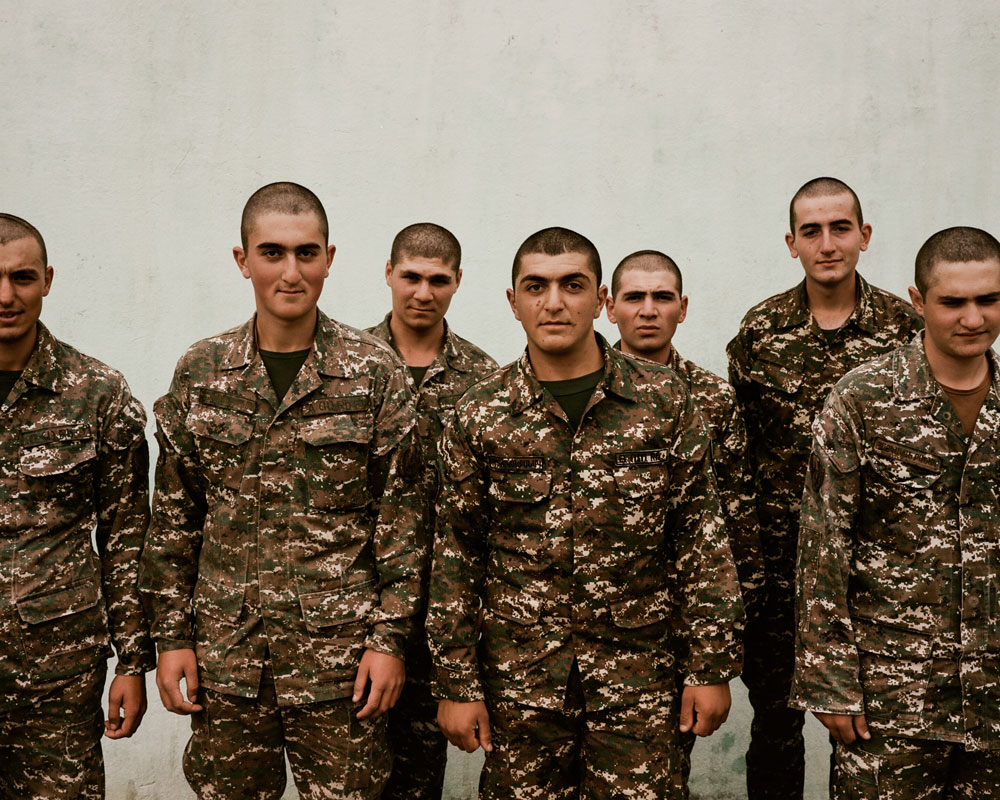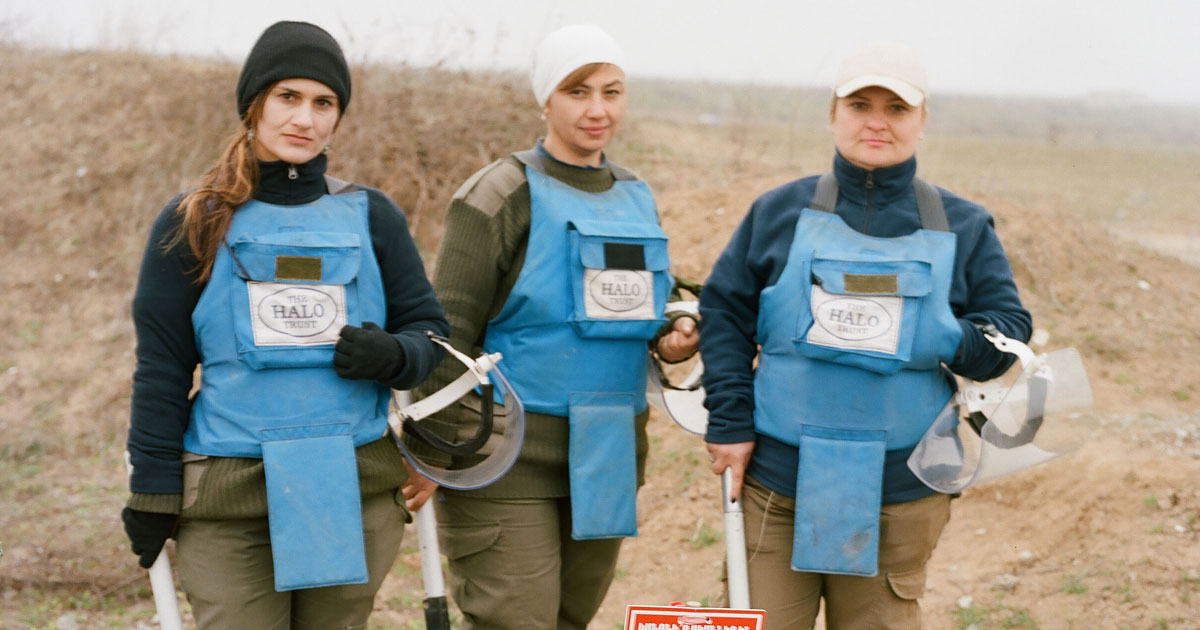Watch this rare Armenian-Azerbaijani documentary seeking to bridge competing narratives over the Nagorno-Karabakh conflict

“This is a film that destroys myths,” said a member of the audience in Nagorno-Karabakh after watching the documentary Parts of a Circle. Following private screenings in the South Caucasus on 12 May, this rare Armenian-Azerbaijani co-production about the Nagorno-Karabakh conflict has now been released online.
Parts of a Circle: History of the Karabakh Conflict chronicles the history of the decades-old conflict between Armenia and Azerbaijan over the Nagorno Karabakh region, known to Armenians as Artsakh. For more than two decades, the landlocked mountainous region has been the centre of a territorial conflict between Armenia and Azerbaijan. It is one of the longest yet little-known running conflicts in the former Soviet Union, killing 30,000 people and displacing millions more between its outbreak in 1988 and a Russian-brokered cease-fire in 1994. Violence has flared up as recently as 2016, with ongoing border clashes still causing casualties.
The documentary, produced by the UK-based peacebuilding organisation Conciliation Resources in partnership with Azerbaijani and Armenian activists and journalists, is divided in three parts of an hour each: the lead-up to the conflict, the 1988-1994 war, and the ongoing search for peace.
Featuring unique footage of the events leading up to the clashes in the 1980s, war reportage, and original interviews with politicians, fighters, journalists, and civilians affected by the situation, the documentary aims to expose uncomfortable truths and deconstruct the one-sided narratives of the conflict in each of the contending countries.
“Rather than add new lies onto existing falsifications, we attempted to push the existing myths and propaganda aside, and tell the story of this conflict from all sides, to create a picture that is closer to reality” says Shahin Rzayev, one of its Baku-based producers.
Carefully juxtaposing war reporting from Armenia and Azerbaijan, Parts of a Circle does not shy away from delving into some of the most controversial episodes of the conflict, such as the anti-Armenian pogroms in Sumgait and Baku, and the massacre of Azerbaijani civilians in the town of Khojaly.
“We decided to create a film where the viewer would be exposed to two approaches, two stories, to try to bring them as close to each other as possible, and thereby to create a ‘circle’ forming the parts of both narratives,” says producer Nouneh Sarkissian, of Yerevan’s Media Initiatives Center.
Following a uniquely challenging production process, both on an ideological and logistical level, Parts of a Circle was originally set to be released in 2016. However, a major escalation of violence known as the Four-Day War or the April War, which took place that same year, prevented the premiere and weathered the foreseeable possibilities for dialogue.
The film premiered at London’s Chatham House in February, and it was set to be publicly screened in Armenia, Azerbaijan, and internationally, shortly afterwards. Due to the Covid-19 pandemic, the film producers decided to make the film available online, with the hopes that it will soon receive a wider release and fulfil its mission of creating a more unifying narrative in the long road to peace for Nagorno-Karabakh.
You can watch Parts of a Circle: History of the Karabakh Conflict here.


